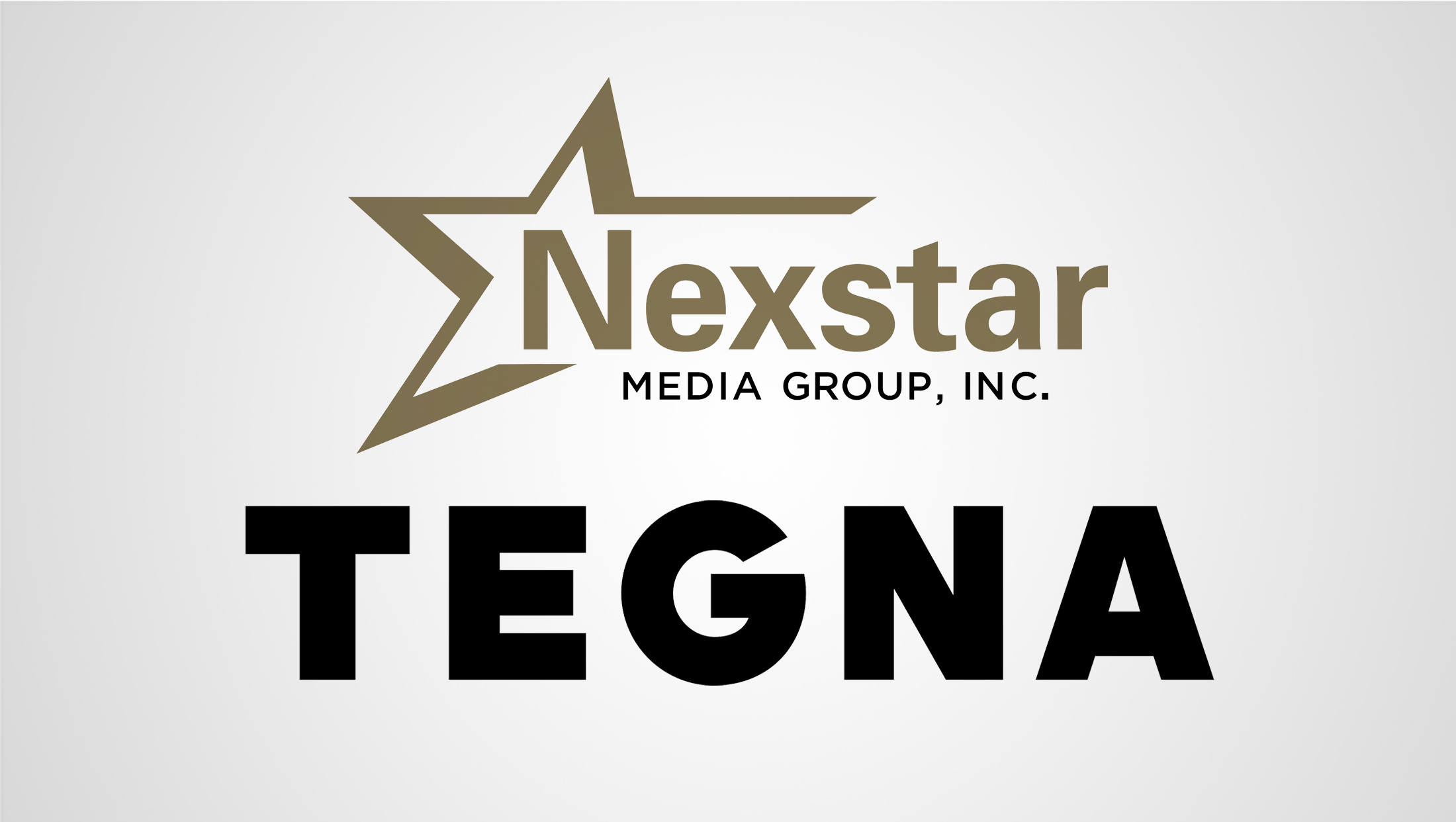Nexstar CEO Perry Sook defends $6.2B Tegna acquisition as regulatory shift creates opening

Subscribe to NCS for the latest news, project case studies and product announcements in broadcast technology, creative design and engineering delivered to your inbox.
Nexstar Media Group CEO Perry Sook positioned his company’s proposed $6.2 billion acquisition of rival broadcaster Tegna as a strategic response to what he calls a “deregulatory moment” that could reshape the broadcast television industry.
Speaking on an investor conference call this week following the deal’s announcement, Sook expressed confidence that the Trump administration and Federal Communications Commission Chairman Brendan Carr will provide the regulatory relief necessary for the transaction to proceed, despite current federal ownership rules that would typically block such consolidation.
“We feel very, very positive about moving forward with the regulatory approval process,” Sook said. “We’re meeting this deregulatory moment where it is, and we will work together with regulators as they consider modifying and repealing outdated rules and regulations.”
The proposed merger would create a broadcast behemoth that would own 265 television stations across 44 states and Washington D.C., reaching approximately 80 percent of U.S. television households. Current FCC regulations prohibit companies from directly owning stations that reach more than 39 percent of the American viewing audience.
Nexstar already pushes against these limits through ownership of more than 190 stations and partnerships with so-called “sidecar” companies like Mission Broadcasting and White Knight Broadcasting, entities that exist primarily on paper but allow Nexstar to control additional stations while technically staying within regulatory bounds.
Sook argued that these ownership restrictions have become obsolete in an era where digital advertising dwarfs traditional television revenue.
He cited research from Borell & Associates estimating that digital advertising in local markets exceeds $100 billion, compared to just $25 billion for local linear television advertising, with nearly two-thirds of digital ad dollars flowing to five major technology companies.
“The environment is ultimately anti-competitive and incompatible with free market principles,” Sook said. “It works against the public interest by diverting resources away from local journalism.”
Betting on regulatory change
The timing of Nexstar’s move appears calculated around recent regulatory developments that could clear the transaction’s path.
In July, the Eighth Circuit Court of Appeals struck down an FCC rule prohibiting ownership of two of the top-four rated stations in a single market. The FCC has also opened a comment period to review the national ownership cap, with the reply period closing this week.
Sook acknowledged that the combined company would likely need to divest some stations in markets where the merger would create excessive concentration, but predicted any such sales would have “minimal effect on the EBITDA of the company.”
The acquisition would give Nexstar overlapping operations with Tegna in 35 of Tegna’s 51 markets, a factor Sook said would drive significant operational efficiencies. The company projects $300 million in annual synergies, representing about 37 percent of Tegna’s adjusted earnings before interest, taxes, depreciation and amortization.
Chief Financial Officer Leanne Gweha said the deal would be “more than 40 percent accretive” to Nexstar’s standalone adjusted free cash flow in the first year after closing. The company plans to finance the all-cash transaction through debt financing led by Bank of America, JPMorgan Chase and Goldman Sachs, temporarily increasing its leverage ratio to approximately four times earnings before returning to current levels by 2028.
Industry consolidation accelerates
The proposed merger reflects broader consolidation pressures facing local broadcast television as cord-cutting continues and digital platforms capture increasing advertising revenue. Sook framed the acquisition as essential for competing against technology giants that face fewer regulatory constraints.
“We think we are the last bastion of local journalism,” he said. “We don’t think anyone wants their news delivered by a chatbot.”
However, the deal has already drawn criticism from cable and satellite industry groups concerned about increased leverage during retransmission consent negotiations.
Sook dismissed concerns, arguing that broadcast stations provide superior value to advertisers compared to digital alternatives and that increased scale would allow for expanded local news programming. He pointed to Nexstar’s track record of increasing local programming by approximately 30 percent at acquired Tribune Media stations.
The transaction, which has been unanimously approved by both companies’ boards, is expected to close in the second half of 2026 pending regulatory and shareholder approvals. Under the agreement, Nexstar will pay $22 per share for Tegna stock, representing a 31 percent premium over Tegna’s 30-day average stock price.
For Sook, who founded Nexstar nearly three decades ago and has overseen more than 40 acquisitions, the Tegna deal represents what he called “a defining moment” for local broadcasting. As the combined company’s third-largest shareholder, he expressed personal commitment to seeing the transaction through.
“This is more than just a strategic move,” Sook said. “It’s a continuation of our vision to build a stronger, more competitive local media company.”
Subscribe to NCS for the latest news, project case studies and product announcements in broadcast technology, creative design and engineering delivered to your inbox.




tags
Mergers and Acquisitions, Nexstar, Nexstar Media Group, Perry Sook, Tegna
categories
Broadcast Business News, Featured, Heroes, Local News